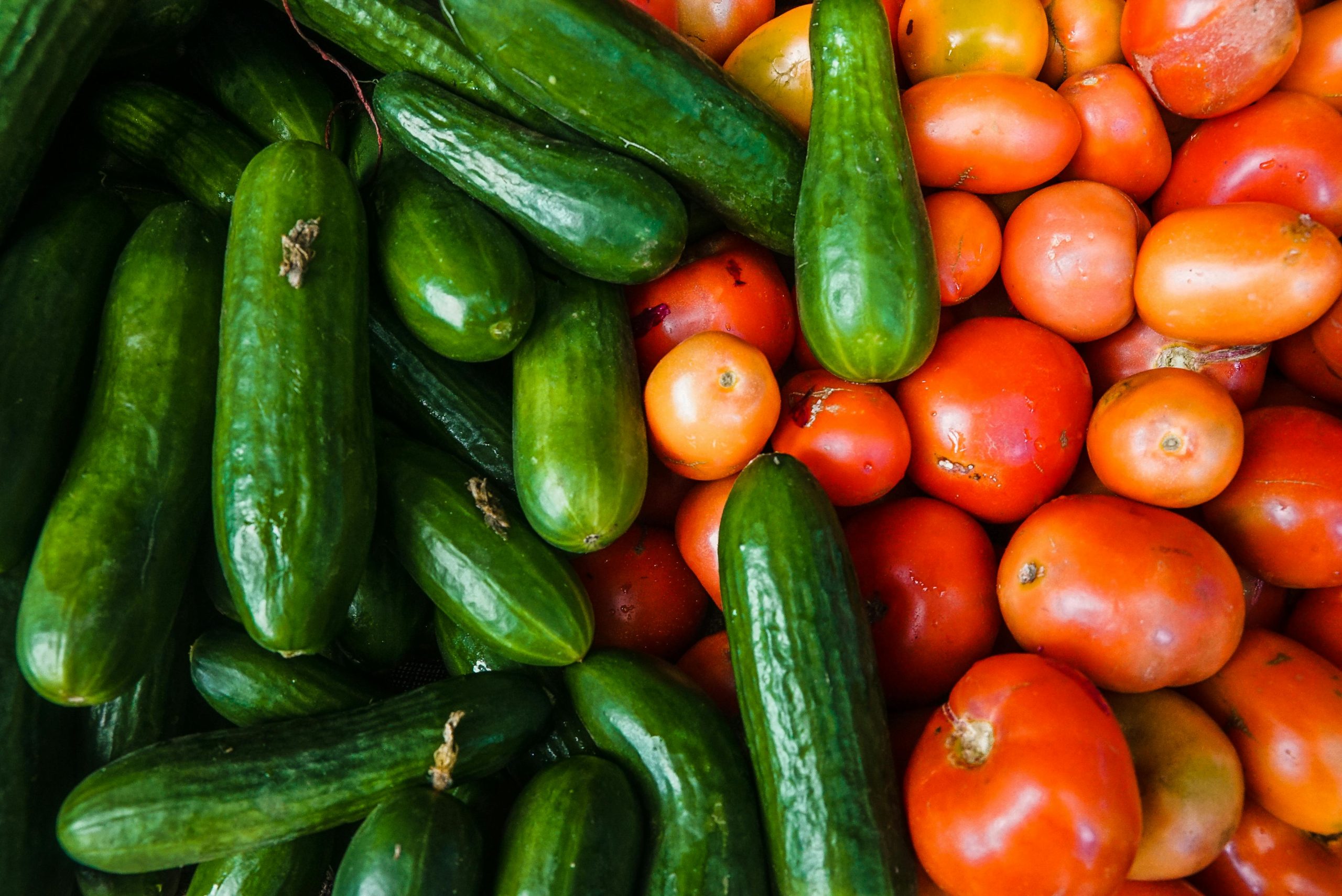Your freezer is a fantastic tool for preserving food and saving money. It allows you to buy in bulk, save leftovers, and take advantage of sales. However, the freezer is not a time machine. Over extended periods, many foods stored there can degrade in quality, suffer from freezer burn, or simply be forgotten altogether. This can lead to wasted food, which is wasted money. Certain items are particularly prone to becoming long-term, money-losing residents of your freezer. Here are 11 things in your freezer that might be slowly costing you.

1. Large Quantities of Whole Grain Flour or Brown Rice
Unlike refined white flour or rice, whole grains contain oils in their bran and germ. These oils can go rancid over time, even in the freezer. While freezing extends their life significantly compared to the pantry, they won’t last forever. A huge bag of whole wheat flour bought on sale but used infrequently can eventually develop off-flavors, becoming a loss.
2. Coffee Beans (If Stored Improperly)
Storing coffee beans in the freezer is a debated topic. If not stored in a completely airtight container, coffee beans can absorb moisture and odors from the freezer, which ruins their flavor. Frequent opening and closing of the container introduces condensation. If you freeze coffee, do so in small, tightly sealed batches for long-term storage only, not for daily use.
3. Leftovers in Unlabeled or Non-Airtight Containers
That mystery container of frozen leftovers from months ago is a common freezer pitfall. If you don’t label leftovers with the contents and date, they are likely to be forgotten or become unidentifiable. Using containers that aren’t airtight leads to severe freezer burn, which damages texture and flavor. Unlabeled mystery meals often end up in the trash, wasting the original meal.
4. Delicate Produce (Like Lettuce or Cucumbers)

Some vegetables with high water content do not freeze well. Items like lettuce, cucumbers, celery, and raw potatoes become limp, mushy, and unappealing upon thawing. Freezing these items in an attempt to preserve them almost always results in a product you won’t want to eat, leading directly to food waste and lost money.
5. Cream-Based Soups and Sauces
Dairy products, especially those high in fat like cream or some cheeses, can separate or become grainy when frozen and thawed. While some cream-based soups and sauces can be salvaged by whisking them vigorously upon reheating, the texture is often permanently compromised. You might end up discarding a whole container of soup due to an unpalatable, curdled texture.
6. That Giant “Bargain” Cut of Meat
Buying a huge roast or a family pack of meat on sale seems economical. But if it’s too large for your family’s needs and sits in the freezer for years, it’s not a good investment. Over very long periods, even well-wrapped meat can suffer from quality degradation due to freezer burn or oxidation. It takes up valuable space that could be used for items you rotate more frequently.
7. Bags of Freezer-Burnt Vegetables or Fruits
Freezer burn occurs when moisture escapes from frozen food and turns into ice crystals on the surface. This dries out the food and damages its texture and flavor. A half-used bag of vegetables that isn’t sealed properly or has been in the freezer for too long becomes unappetizing. This often leads to the rest of the bag being thrown out.
8. Old Ice Cream with Ice Crystals
Ice cream that has been stored for a long time, or has slightly thawed and refrozen, develops large, crunchy ice crystals. This ruins its smooth, creamy texture. While still safe to eat, it’s often so unpleasant that it gets discarded. Don’t let that “special occasion” pint sit in the back of your freezer for a year.
9. Anything You Froze Because You “Might Use It Someday”
The freezer can become a graveyard for well-intentioned but unrealistic food scraps. That half an onion, those leftover fresh herbs, or the small amount of broth you froze “just in case” can quickly get lost and forgotten. If you don’t have a clear plan for these items, they just take up space until they are eventually thrown out.
10. Bulk Buys You Don’t Like
Buying a massive bag of a new type of frozen vegetable or a case of veggie burgers from a warehouse club seems like a great deal. However, if you discover your family doesn’t like the taste, you’re now stuck with a huge quantity of unwanted food taking up freezer space. This is a common and costly mistake. Always try a smaller quantity first.
11. Excess Bread That Goes Stale Even After Freezing
Freezing bread is a great way to extend its life. However, if not wrapped properly and airtight, it can still dry out or absorb freezer odors. Furthermore, if you stockpile more bread than you can use in a reasonable time (e.g., within 2-3 months), its quality upon thawing will decline. Eventually, you might just throw out those old, freezer-worn loaves.
Conduct a Regular Freezer Audit
The freezer is a valuable tool for saving money, but only if it’s managed effectively. It’s not a black hole where food can be kept perfectly forever. To stop losing money, practice good freezer habits. Label everything with the contents and date. Use airtight containers or bags to prevent freezer burn. Be realistic about what you will use. Regularly audit your freezer’s contents and aim to use older items first. An organized, well-managed freezer saves money; a cluttered, forgotten one wastes it.
What items do you find most often get lost or wasted in your freezer? What are your best tips for freezer organization and preventing food waste? Share your strategies below!
Read More
5 Common Disappointments in Frozen Pies (And What to Look for Instead)
10 Reasons to Get Rid Of Your Deep Freezer
The post 11 Things in Your Freezer That Are Slowly Losing You Money appeared first on Grocery Coupon Guide.







